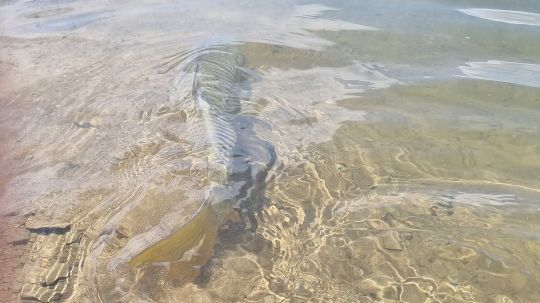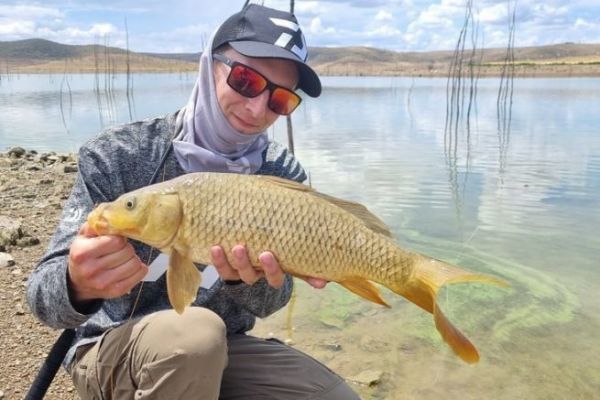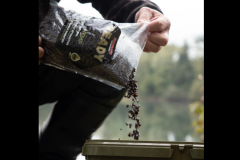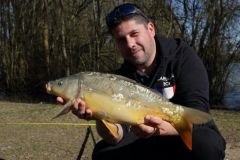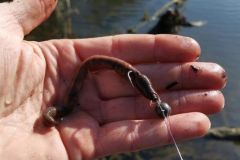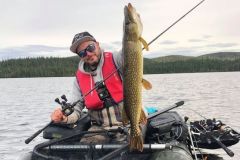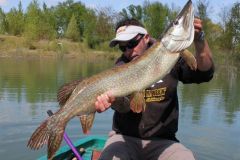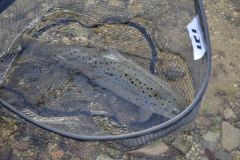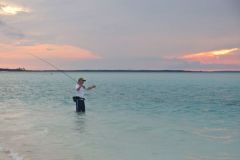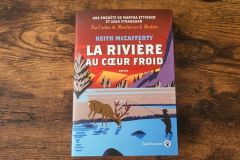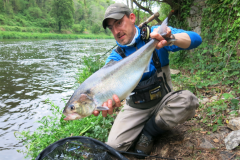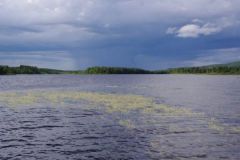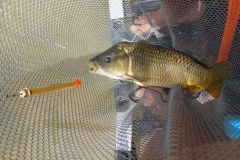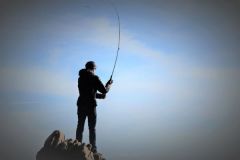Spot a carp
When fly-fishing for carp, the first step is to spot a fish. Several types of clues will enable us to find them in different depths and water clarity. Carp active in more than two meters of water are not the easiest to target, as you can't see them. However, their digging creates clouds of bubbles that rise to the surface. Other fish can sometimes be spotted thanks to the cloud of silt they create by stirring the bottom with their mouths. These fish are often very reactive to a well-placed fly. The aim, in this case, is to spot where the fish's head is so as not to drop the line on its tail. In fact, it's often the tail that you see first, as carp feed head down. Finally, the easiest fish to spot are those that feed in very little water, and are therefore very wary.
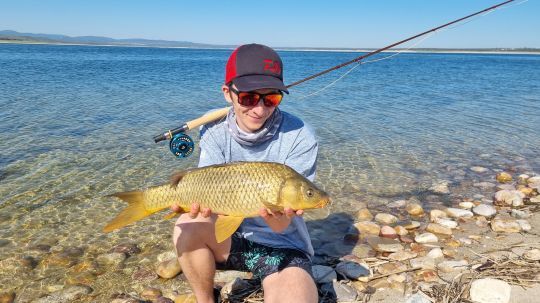
Making the right approach
Carp are fish with keen eyesight and can be very wary, even when feeding heavily. I therefore advise you to dress in the same colors as your fishing area. If you're on a very flat area, dressing in the color of the sky may be a good idea. On the other hand, if the carp can see your silhouette and the edge is on your back, it's better to choose light brown, beige or light grey colors. Avoid sudden movements as much as possible, and don't try to get closer than 10 metres.
Generally speaking, it's easiest to spot fish from high up, then move down and along the water's edge to reduce the angle as much as possible and avoid being spotted. Be careful not to move a stone, as carp also have good hearing. Walk on grass or sand if you can.
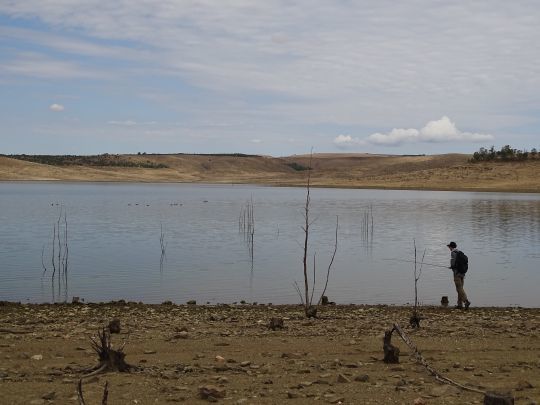
The right pose
On the fly, the landing is very important to get a carp to bite. There are three possible techniques that will be effective in different conditions.
The first technique is the stripping technique, perfect for clear water, which consists in casting further than the fish and stripping the fly. Be careful, however, not to lay the line too close to the fish or to pass the leader in front of its eyes. Secondly, the slap fly, mainly useful in very dirty water or when the fish are searching energetically. The fly must make a splash to attract the fish's attention and make it lift its head. A small streamer with little lead can be slammed on the surface hard enough without making too much noise. Finally, we're left with the light, precise landing, undoubtedly the most difficult to achieve. The aim is to land without making the slightest noise on the water, at less than 50 cm from the fish, so that the fly sinks gently in front of its nose.
